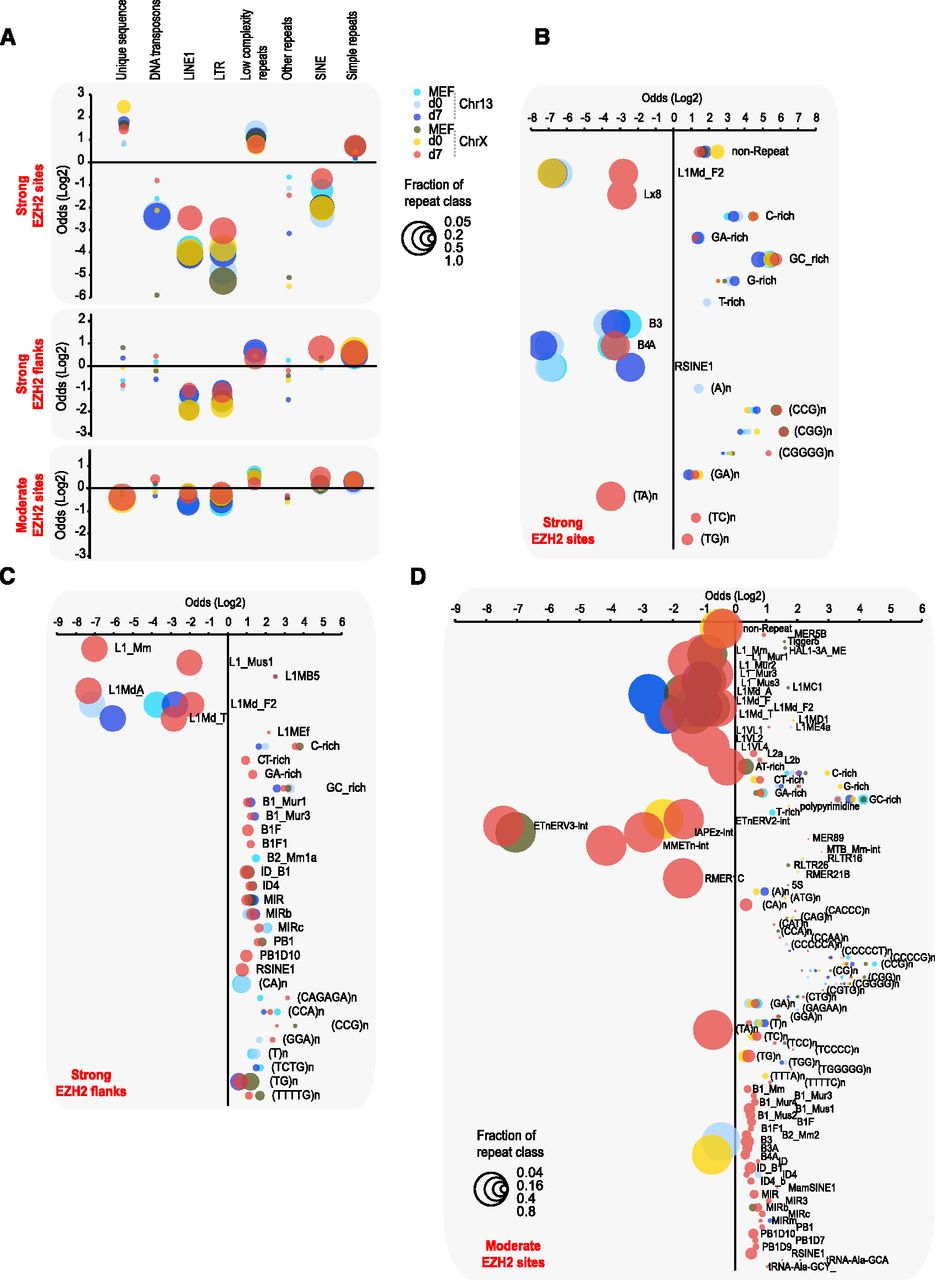My bioinformatical problem looks like this:
two sets of gene sequences (size of set A > 1000, size of set B > 1000; sequence length varies from 1000 to 100000).
Set_A_Sequence_1: ACGTACGTACGT...
Set_A_Sequence_2: ACGGAAGT AAA T...
....
Set_B_Sequence_1: AAA G AAA TG AAA ...
Set_B_Sequence_2: AAA TC AAA C AAA ...
...
I want to see if Set_B sequences are enriched for specific word (for example: AAA).
How can I do this?
I came up with three solutions:
- Count how many Set_A sequences have/don't have word;
Count how many Set_B sequences have/don't have word.
Apply Fisher's test. - Count how many word occurrences there are per sequence in Set_A;
Count how many word occurrences there are per sequence in Set_B.
(For a given set example that would be: Set_A:0,1; Set_B:3,3).
What statistical test I can use for such enrichment analysis? - Calculate percentage of sequence in Set_A covered with word;
Calculate percentage of sequence in Set_B covered with word.
(For example, data would look like this: Set_A:0%,25%; Set_B:75%,75%).
What statistical test I can use for such enrichment analysis?
Questions:
Is it right to use Fisher test in solution 1 (Contain/Don't contain word)?
What statistical tests I could use for solution 2 (Number of words)?
What statistical tests I could use for solution 3 (Coverage with word)?
Edit
Simplified data looks like this:
Sequence name Length Contain word(0/1) Number of words Coverage with word(%)
Set_A_seq_1 1000 0 0 0
Set_A_seq_2 2000 1 1 15
Set_A_seq_3 3450 0 0 0
Set_A_seq_4 10000 0 0 0
Set_A_seq_5 25000 1 2 5
...
Set_B_seq_1 20000 1 3 25
Set_B_seq_2 100000 1 3 30
Set_B_seq_2 9000 1 5 70
Set_B_seq_2 10000 1 10 85
Set_B_seq_2 12000 1 7 60
...
EDIT
I wasn't able to find a lot of published methodology for genomic site enrichment, but this figure suggests perfect way of solving problem that I have. Figure A. - Enrichment in three different genomic sites compared using permutation and odd enrichment to permutated data.

